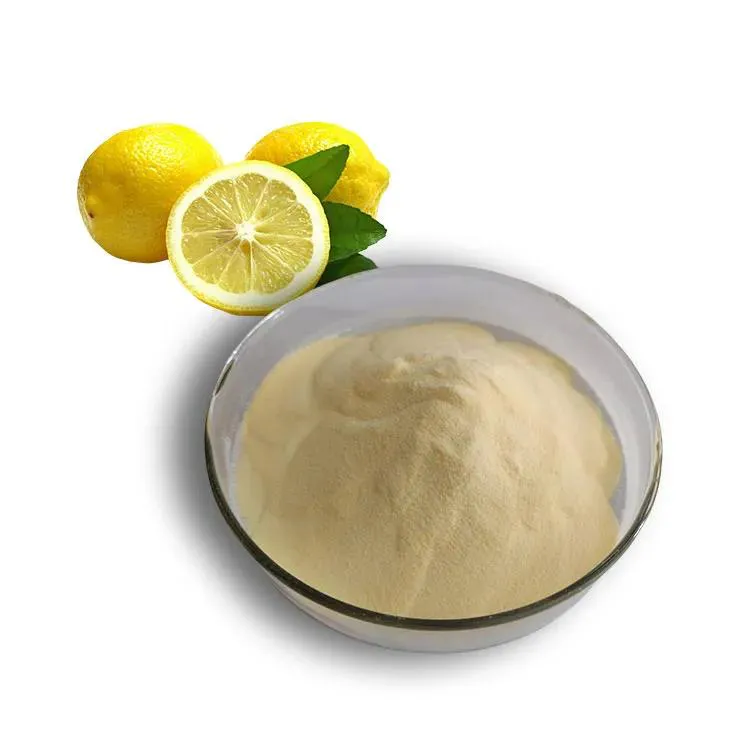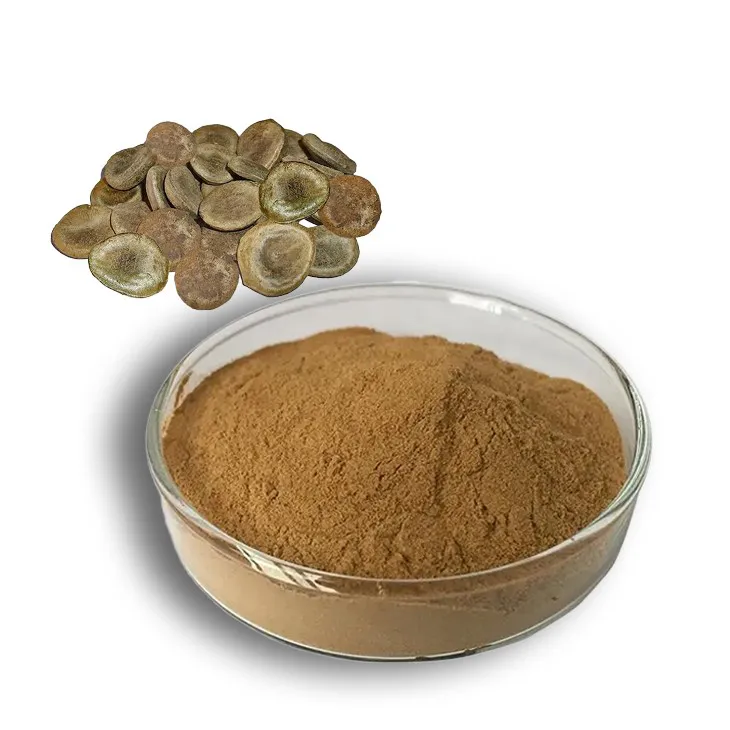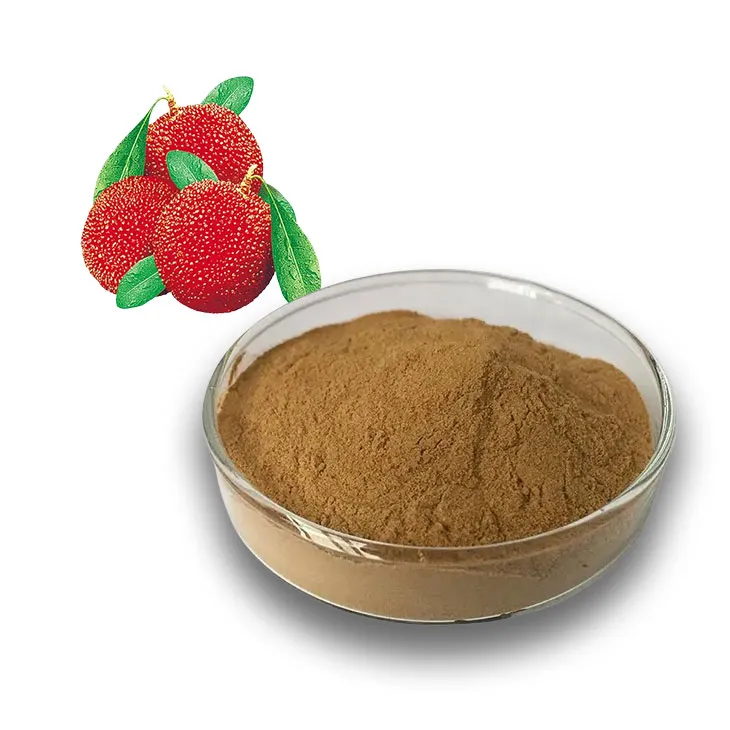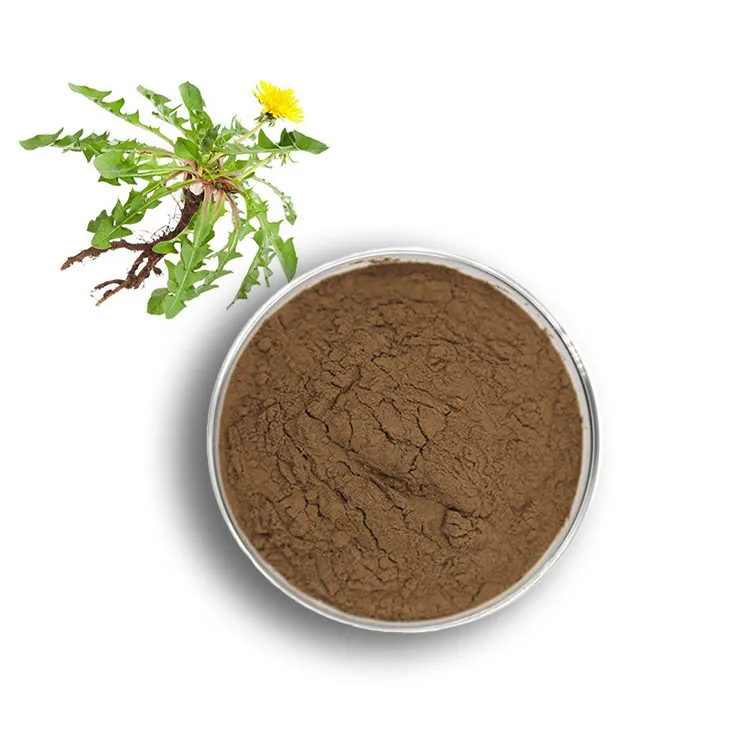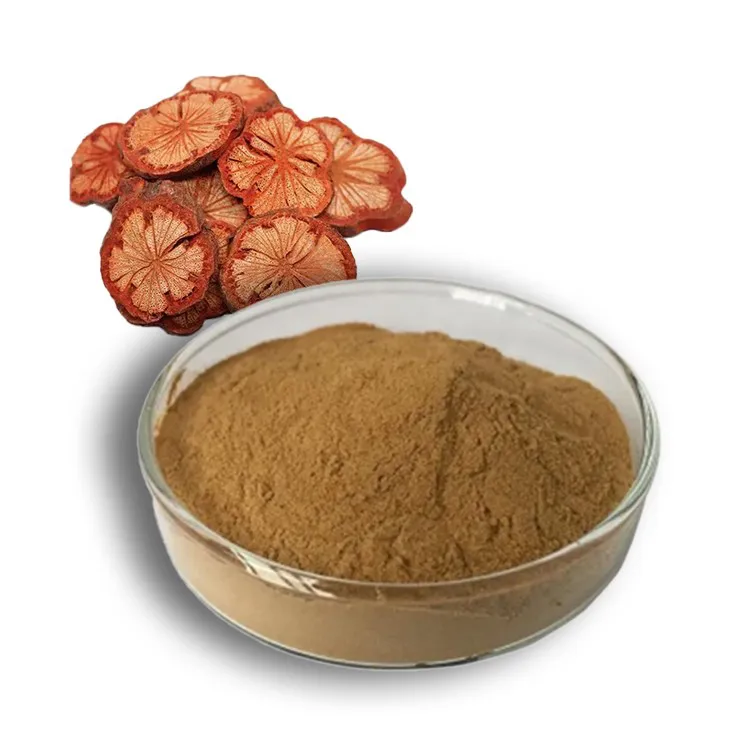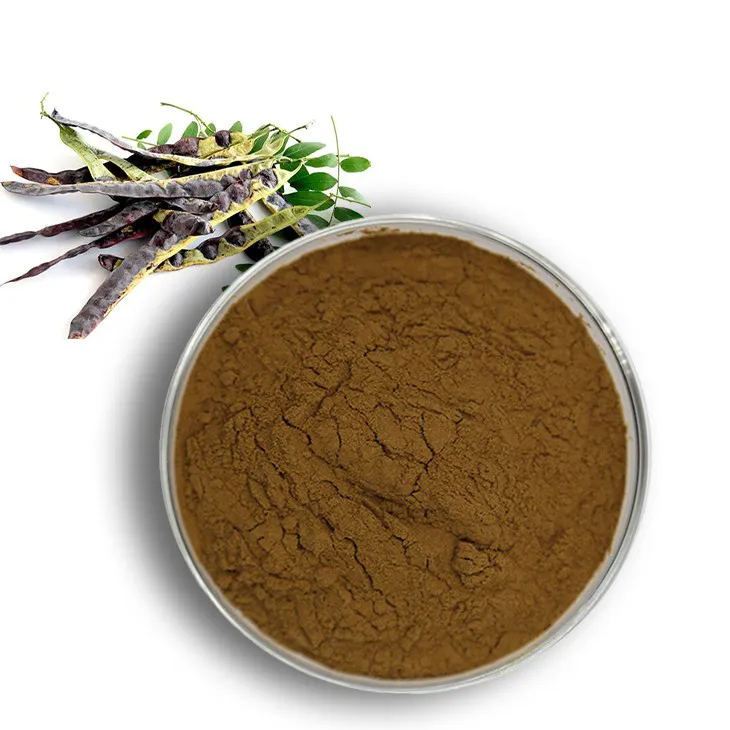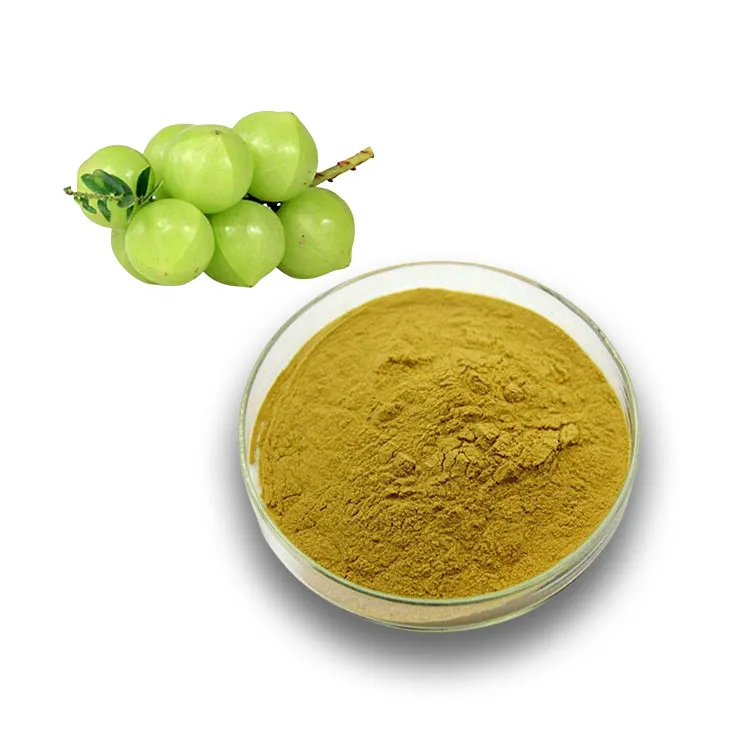- 0086-571-85302990
- sales@greenskybio.com
Is Horse Chestnut an Essential Oil?
2025-10-30
Horse chestnut, scientifically known as Aesculus hippocastanum, is a well-known medicinal plant traditionally used to support circulation, reduce inflammation, and strengthen blood vessels. Over recent years, it has gained popularity in the wellness and cosmetic industries, prompting questions about its applications, including whether it can be considered an essential oil.
This article provides a detailed overview of horse chestnut, its forms, and its potential benefits while clarifying its role in aromatherapy and topical treatments.
What Is Horse Chestnut and Where Does It Come From?
Horse chestnut is a large deciduous tree native to the Balkan Peninsula but widely cultivated across Europe and North America. The plant produces distinctive brown seeds encased in spiky shells, along with large compound leaves and showy flower clusters.
The Active Compounds in Horse Chestnut
The medicinal value of horse chestnut primarily comes from its seeds, bark, and leaves, which contain a variety of bioactive compounds, including:
Aescin (or escin) – a saponin that strengthens capillaries and reduces swelling.
Flavonoids – antioxidants that protect blood vessels and reduce inflammation.
Tannins – compounds that contribute to anti-inflammatory and astringent effects.
These compounds are often extracted to create supplements, topical gels, and creams, widely used to manage conditions such as varicose veins, edema, and hemorrhoids.
Is Horse Chestnut an Essential Oil?
The short answer is: No, horse chestnut is not considered an essential oil.
What Is an Essential Oil?
Essential oils are highly concentrated, volatile oils extracted from plants, typically through steam distillation or cold pressing. They capture the aromatic compounds of the plant and are primarily used in aromatherapy, massage, and perfumery. Common examples include lavender, peppermint, eucalyptus, and tea tree oil.
Why Horse Chestnut Does Not Qualify
While horse chestnut contains bioactive compounds with medicinal value, it does not naturally produce volatile aromatic oils in sufficient quantities to be distilled as an essential oil. Instead, the plant is usually processed into:
Horse Chestnut Extract (from seeds, leaves, or bark)
Horse chestnut tinctures or capsules
Topical creams and gels
These preparations deliver the plant’s therapeutic compounds without the concentrated aroma characteristic of essential oils.
What Are the Common Forms of Horse Chestnut?
Although horse chestnut is not an essential oil, it is widely available in other forms for medicinal and cosmetic use.
1. Horse Chestnut Extract
Horse Chestnut Extract is a concentrated solution containing a standardized amount of aescin, the primary active ingredient. Extracts are commonly used to:
Reduce swelling and inflammation in legs and ankles
Improve venous circulation in conditions such as chronic venous insufficiency
Relieve discomfort associated with varicose veins
Extracts are often available as capsules, tablets, or liquid extracts.
2. Topical Gels and Creams
Horse chestnut gels and creams are formulated for direct application to the skin. They are especially popular for:
Soothing tired or heavy legs
Minimizing the appearance of varicose veins
Reducing edema and bruising
These products are typically applied once or twice daily, depending on the concentration of aescin and product instructions.
3. Tinctures and Herbal Preparations
A tincture is made by soaking horse chestnut seeds or bark in alcohol or glycerin, resulting in a liquid herbal preparation. Tinctures can be taken orally in small doses, offering a convenient alternative to capsules or teas.
How Does Horse Chestnut Benefit the Body?
Horse chestnut has been studied for its vascular, anti-inflammatory, and antioxidant properties, making it a versatile natural remedy.
1. Supports Circulatory Health
Horse chestnut is best known for improving venous circulation. Aescin strengthens the walls of veins and capillaries, reduces leakage, and helps prevent blood pooling in the legs.
Clinical studies indicate that horse chestnut extract can significantly reduce leg swelling and discomfort in people with chronic venous insufficiency (CVI), making it a preferred natural alternative to compression therapy in some cases.
2. Reduces Inflammation and Edema
Inflammation and fluid retention can cause swelling and pain in the lower extremities. Horse chestnut’s anti-inflammatory effects help:
Decrease ankle and leg swelling
Relieve joint stiffness
Support recovery from minor injuries or bruising
3. Relieves Varicose Veins and Hemorrhoids
Varicose veins occur when weakened vein walls allow blood to pool, creating discomfort and swelling. Topical and oral horse chestnut formulations help tighten veins, improve circulation, and reduce symptoms.
Horse chestnut is also used to manage hemorrhoids, which are swollen veins in the rectal area. Its astringent and anti-inflammatory properties help shrink swollen tissue and reduce pain or itching.
4. Antioxidant Protection
Flavonoids and saponins in horse chestnut act as antioxidants, neutralizing free radicals that can damage blood vessels and skin cells. This makes it beneficial for overall vascular health and potentially slows aging-related tissue damage.
Can Horse Chestnut Be Used Topically Like an Essential Oil?
Even though it is not an essential oil, horse chestnut can be applied topically to achieve localized therapeutic effects.
Topical Application Benefits
Soothes inflamed skin and swollen areas
Reduces pain and heaviness in legs
Supports microcirculation and promotes healing
How to Apply
Use horse chestnut gel or cream on affected areas once or twice daily.
Massage gently until fully absorbed.
Always follow the product’s instructions and dosage recommendations.
It is important to note that topical applications provide local relief, whereas oral formulations are needed for systemic vascular support.
Are There Any Side Effects or Precautions?
Horse chestnut is generally safe when used appropriately, but precautions should be observed.
Potential Side Effects
Mild gastrointestinal issues (for oral supplements)
Skin irritation or allergic reaction (for topical use)
Headaches or dizziness in sensitive individuals
Important Safety Notes
Do not consume raw horse chestnut seeds, bark, or leaves — they are toxic and contain esculin.
Pregnant or breastfeeding women should consult a healthcare professional before use.
People on blood-thinning medications should check with a doctor, as horse chestnut may affect clotting.
By following proper preparation and dosage guidelines, horse chestnut remains a safe and effective natural remedy.
How Does Horse Chestnut Compare to Other Natural Remedies?
Compared to Essential Oils
Unlike essential oils, which rely on aromatic compounds for therapeutic effects, horse chestnut works primarily through saponins and flavonoids, which provide vascular and anti-inflammatory benefits rather than aromatic or neurological effects.
Compared to Diosmin or Gotu Kola
Diosmin: Also supports vein health, often combined with Hesperidin. Horse chestnut may provide a natural alternative.
Gotu Kola: Promotes circulation and wound healing, similar to horse chestnut, but works through different bioactive compounds.
Horse chestnut remains unique for its combination of anti-inflammatory, venotonic, and antioxidant properties, making it particularly effective for vein-related issues.
Final Thoughts: Is Horse Chestnut an Essential Oil?
Horse chestnut is not an essential oil, but it is a powerful medicinal plant with extensive applications in vascular health, inflammation reduction, skin care, and circulatory support.
Its benefits are mainly derived from aescin, flavonoids, and saponins, rather than volatile aromatic oils. While you cannot use it in aromatherapy like lavender or peppermint, horse chestnut can be effectively used in:
Oral supplements to improve circulation and vein health
Topical gels and creams to reduce swelling, bruising, and varicose veins
Herbal tinctures and teas for overall wellness
In summary, horse chestnut is a versatile and valuable natural remedy — just not in the form of an essential oil. Its vascular, anti-inflammatory, and antioxidant properties make it a trusted choice in both traditional and modern herbal medicine.
Visit Greenskybio.com, a great article source where you can learn about Supplements and their health benefits, you also can get the latest food Supplements. Green Sky Bio provides the best extracts and supplements. It is a Chinese self-developed brand that is trustworthy! Welcome to email us to inquire about our products.
TAGS:- ▶ Hesperidin
- ▶ Citrus Bioflavonoids
- ▶ Plant Extract
- ▶ lycopene
- ▶ Diosmin
- ▶ Grape seed extract
- ▶ Sea buckthorn Juice Powder
- ▶ Fruit Juice Powder
- ▶ Hops Extract
- ▶ Artichoke Extract
- ▶ Mushroom extract
- ▶ Astaxanthin
- ▶ Green Tea Extract
- ▶ Curcumin
- ▶ Horse Chestnut Extract
- ▶ Other Product
- ▶ Boswellia Serrata Extract
- ▶ Resveratrol
- ▶ Marigold Extract
- ▶ Grape Leaf Extract
- ▶ New Product
- ▶ Aminolevulinic acid
- ▶ Cranberry Extract
- ▶ Red Yeast Rice
- ▶ Red Wine Extract
-
Lemon Juice Powder
2025-10-30
-
Kupilu Extract
2025-10-30
-
Bayberry Extract
2025-10-30
-
Kidney Bean Extract
2025-10-30
-
Dandelion Root Extract
2025-10-30
-
Red Vine Extract
2025-10-30
-
Saponin Extract
2025-10-30
-
Agaricus Blazei Extract
2025-10-30
-
Phyllanthus Emblica Extract
2025-10-30
-
Natural grape seed extract
2025-10-30











